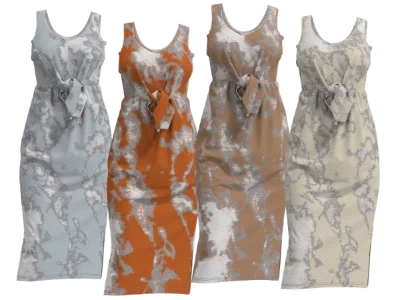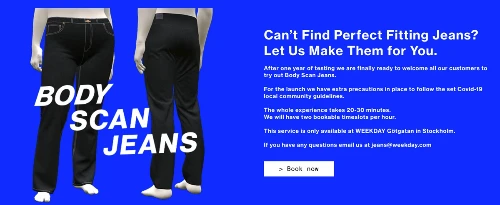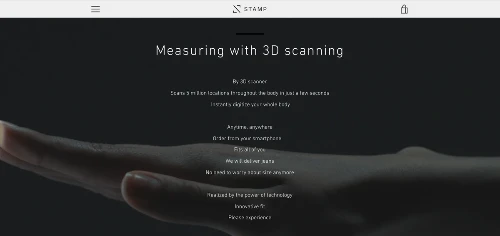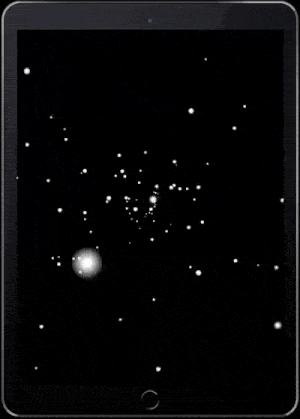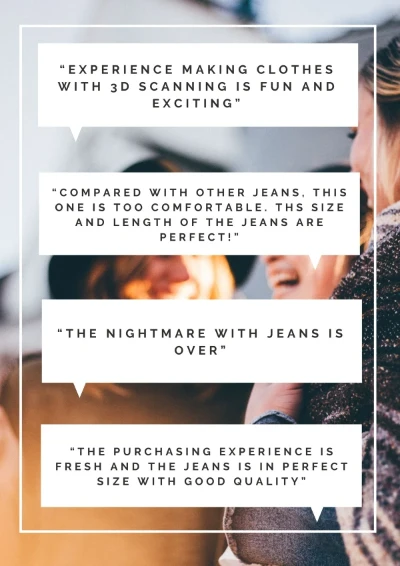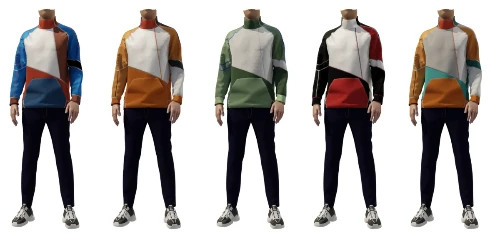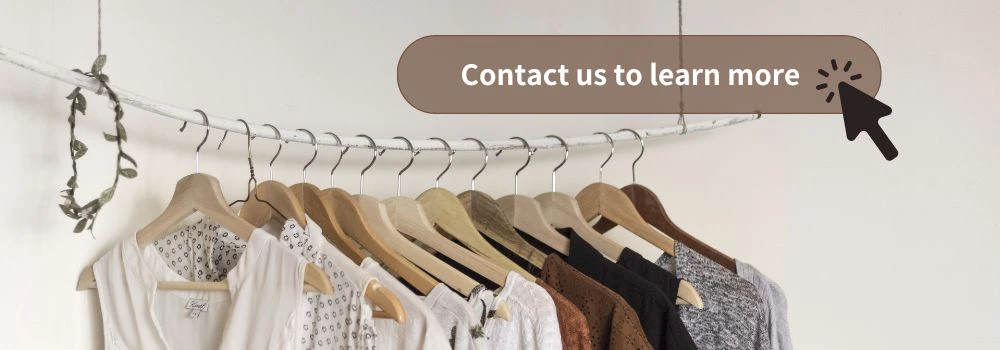The rising trend of consumer-centric mentality and an increasing desire for personalization in the fashion industry has led brands to rethink their production processes.
Mass manufacture has been the dominant path for so long, but now customers are asking for something different.
Creating individualized clothing on-demand has always been the ideal answer but the human resources needed meant that in the past, this was an unrealistic and uneconomical option.
However, innovations in fashion technology mean that the era of affordable on-demand fashion is finally here.
As fashion on-demand is gaining alot of popularity in this era you need to understand it properly so that you can benefit from it too.
What Is Fashion On-Demand?
Fashion on-demand means that garments are created to order. Instead of the traditional mass-manufactured model, where brands create hundreds or thousands of the same garment in a limited range of sizes, on-demand clothing means that size, color, fabric and detail can be changed.
You’re probably familiar with customized fashion companies offering print-on-demand.
That means that any design can be printed onto a surface, including garments like t-shirts, whenever a customer wants and in small quantities, even just one.
However, the t-shirt itself comes in a limited number of shapes, sizes and colours, pulled from a pre-made selection. With the on-demand model, the garment itself can be changed.
In the past, the custom clothing on-demand industry was the domain of extremely rich people, using skilled craftspeople to individually tailor-made a garment.
However, today the retail price of a customised garment is comparable to any competitor.
The system of on-demand fashion production actually brings the price down for the manufacturer as it requires a lower capital investment, since hundreds of garments do not have to be created and paid for upfront.
As these brands are not then holding a huge stock of garments, flexibility and agility is greatly increased.
This is a massive advantage in this sped-up digital age, where customers want their expectations to be speedily met.
How Do Brands Transfer to The On-Demand/made-To-Order Business Model?
In 2019, STAMP by the Fabric Tokyo group launched their jeans collection and became one of the innovators to step into the on-demand fashion, made-to-order business model.
A year later, Weekday, a member of the H&M group, kicked off its innovative new design concept, Body Scan Jeans; Custom Made & Produced on Demand.
The major new technology which both brands invested in was 360 body scanners by TG3D Studio.
Image source: Weekday Website
Image source: STAMP Website
The body scanner takes a complete scan of the customer’s body and processes the 3D data into a virtual avatar and measurements.
Along with a user-friendly, self-service software interface, customers can then configure a unique design for their jeans on the spot, customizing their jeans’ fit, waist, leg, length, wash, thread color, and trims.
Due to clothing on-demand technology Stamp and Weekday tailor a custom fit for each individual order, as if the jeans were woven directly around the customer’s body.
To date, each brand has sold thousands of pairs of these customized jeans, with only a 6% return/remake rate, compared to the average return rate in fashion which is 25-35%.
Customers gave them an 88% satisfaction rating, and left positive comments such as “Perfect fit & size”, “Fun & exciting”, “Sense of freshness” and “Futuristic, Hi-tech”.
What Can On-Demand Production Solve for In the Fashion Industry?

On-demand production is not only great for the customer. It helps to solve a number of issues, both environmental and economical, which have plagued the industry for years.
It has long been known that the fashion world causes a great deal of waste. This is usually put down to the large amount of fast fashion which is bought and quickly discarded.
However, picky customers also order garments online, and return them due to issues like incorrect fitting, or because it doesn’t look how they expected on them. These returns often go unsold and are destroyed unworn.
It’s not just fashion - according to National Retail Federation, consumers returned an estimated $428 billion in merchandise to retailers last year, approximately 10.6 percent of total U.S. retail sales in 2020.
The top categories of merchandise returned include auto parts (19.4 percent), apparel (12.2 percent), home improvement (11.5 percent) and housewares (11.5 percent).
Tied in with this is the inventory problem - brands race to predict what garments will be popular in which month, and try to order the right amount of that garment to have in stock.
Inevitably, it’s hard to calculate, and so excess clothing is again destroyed.
According to the World Economic Forum, the industry loses $560 billion in value from this type of waste among others.
But with made to order fashion, many of these concerns are reduced. A custom fit means that clothes, well, fit better, and are not returned on that account.
Being able to view clothes on a digital avatar means that customers are able to visualise how it looks on them, so there are fewer surprises when it arrives.
These both mean lessened returns. And since each garment is made to order, excess inventory and complications in predicting trends and warehousing goods are also greatly reduced.
How to Get Started!
For brands who would like to start a new business with an on-demand model, we recommend that you learn more about the 3 simple steps in our previous blog:
If you are already a brand in business and would like to test the waters regarding the on-demand model, we would suggest that you start with a small collection first.
Begin by providing simple customization options to see how your target audience reacts and then go from there.
You can utilize TG3D Studio’s 3D retail solutions to easily achieve this. Learn more at Level up your online apparel sales with 3D shopping experiences.

